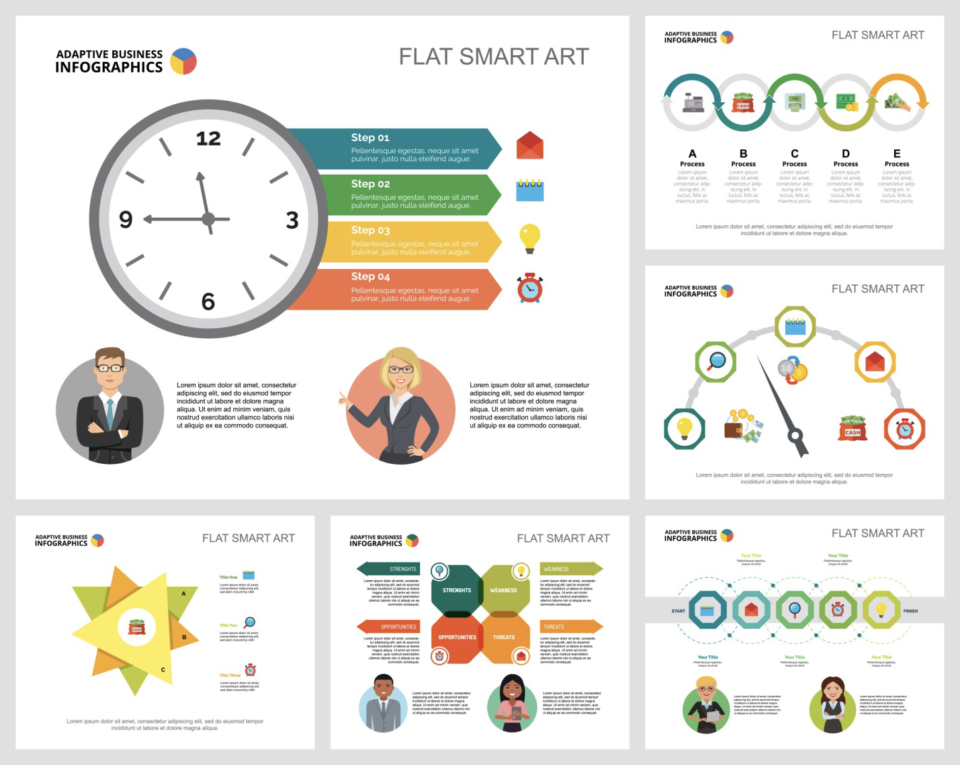Information is usually thrown at us, yet we must be taught how to filter it.
We get bombarded with so much data; we cannot recognize that data. Having the right data visualization skills is essential to capture a person’s attention with all the noise.
The correct data visualization formats can help capture someone’s full attention. They can help you impact your audience and drive home your brand’s message.
Here is all the info you need on the different types of infographics and how to build an impressive, impactful graphic.
1. Data Visualization
It represents complex data, allowing users to compare different trends and figures. It helps viewers stay focused and engaged by making it easier to spot patterns and outliers. It is ideal for displaying quantitative data and can be used for various applications, such as understanding customer patterns, visualizing budgets, identifying market trends, and tracking economic performance.
2. Interactive
They can be found in various formats, such as videos, 3D models, image maps, and animation. Interactive infographics have several advantages compared to traditional static graphics. It allows viewers to get more information at once and interact with the content design while exploring it.
3. Illustrative
Illustrations, a key feature of illustrative infographics, help explain complex infographic ideas more simply. The use of vibrant colors and shapes helps to add a fun and refreshing element to the audience’s viewing experience.
The dynamic nature of illustrative infographics can grab the viewer’s attention and convey a message. This infographic type can effectively promote a brand, share critical data, or present a market analysis.
4. Geographical
This type of infographic helps to identify patterns in data such as population, environmental conditions, trends, and other facts related to the geography of a given place. These infographics are used in population studies, economic development, environmental concerns, natural disasters, migration, and other topics and are sometimes used in journalism. For example, one might use a geographic infographic to chart the spread of a disease from one region to another or map the effects of climate change on a given country.
5. Educational
An educational infographic can be an effective way to share information with an audience. They use visuals to capture attention and make information easier to digest.
You can use educational infographics to explain complex topics, explain how a process works, or provide step-by-step instructions. Plenty of online tools are available, so you should try this out. It can provide an effective and attractive way to educate people about any subject.
Deliver Your Story With These Types of Infographics
Using infographics to share your story is a great way to engage your audience and add visual depth to your message. With broad types of infographics available, it’s easy to choose the right one for your message or story.
Stay updated on the latest design trends to keep your infographics creative, eye-catching, and informative – a winning combination. Try it out today and take your storytelling to the next level!
Did you find this post helpful? If you do, check out more of our marketing and social media posts.

